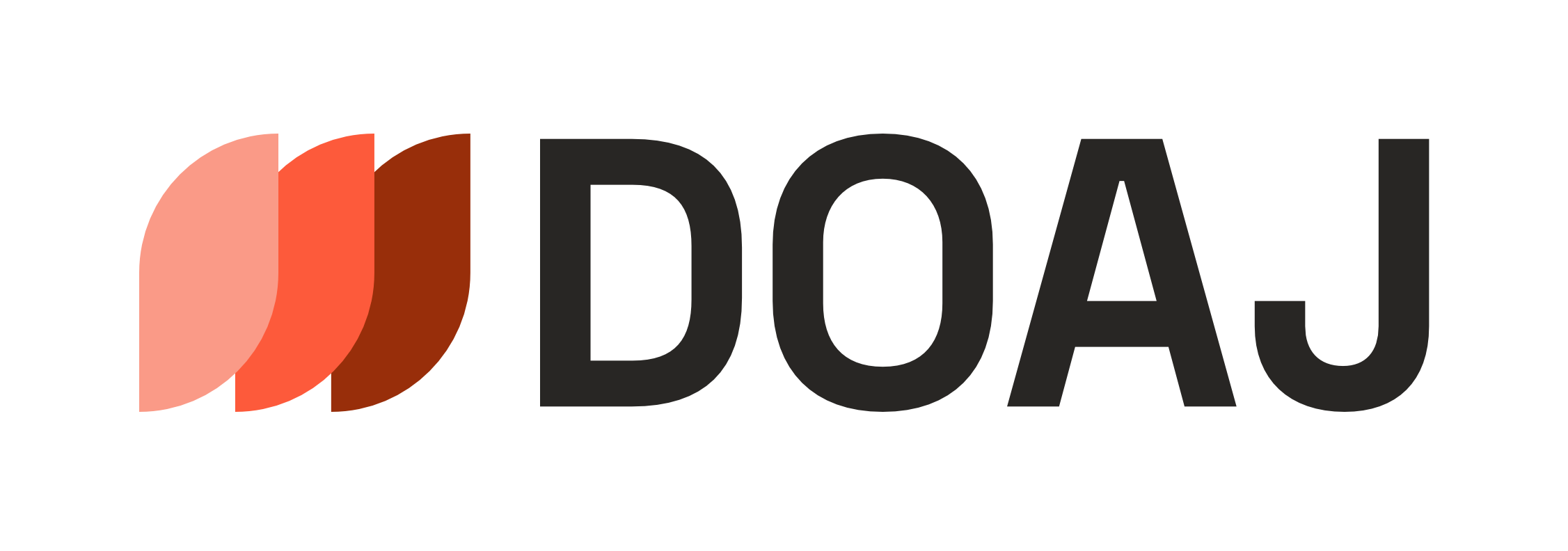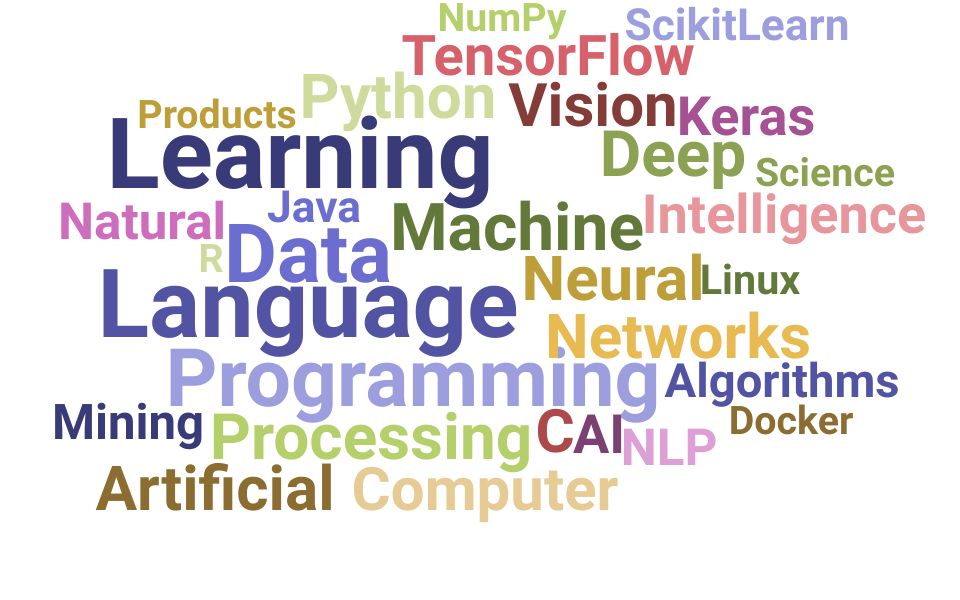BLOCKCHAIN BEYOND TECHNOLOGY: EXPLORING APPLICATIONS, COLLABORATIVE INNOVATIONS, AND GOVERNANCE STRATEGIES
DOI:
https://doi.org/10.64680/jisads.v3i1.40Keywords:
blockchain, blockchain security, blockchain regulation, ClassificationAbstract
Blockchain is a new distributed computing paradigm characterized by security and trust, widely applied in various fields. However, security issues have become increasingly prominent, and the need for regulation is more urgent. The current state of the blockchain ecosystem and the regulatory policy backgrounds of major countries were briefly introduced. The relevant literature based on blockchain technology and application architecture were categorized and the characteristics of existing regulatory technologies and solutions were analyzed from three aspects: intra-chain regulation, inter-chain regulation, and off-chain regulation. Intra-chain regulation was further divided into three levels: infrastructure layer regulation, core function layer regulation, and user layer regulation. The advantages and disadvantages of different regulatory technologies at each level were discussed in detail. Inter-chain regulation was divided into two categories: regulation based on the “governance by chain” concept and cross-chain security regulation, with a brief discussion of the characteristics of related studies. Then some representative cases of off-chain regulation were introduced. Finally, the common issues in current blockchain security regulation were analyzed with possible improvement directions and new areas in need of regulation. The gap was filled in reviews on blockchain regulation and a reference for the design of blockchain regulatory solutions was provided.
Downloads
Published
Issue
Section
License
Copyright (c) 2025 Ihab Adib, Youjun Liu

This work is licensed under a Creative Commons Attribution 4.0 International License.
You are free to:
- Share — copy and redistribute the material in any medium or format for any purpose, even commercially.
- Adapt — remix, transform, and build upon the material for any purpose, even commercially.
- The licensor cannot revoke these freedoms as long as you follow the license terms.
Under the following terms:
- Attribution — You must give appropriate credit , provide a link to the license, and indicate if changes were made . You may do so in any reasonable manner, but not in any way that suggests the licensor endorses you or your use.
- No additional restrictions — You may not apply legal terms or technological measures that legally restrict others from doing anything the license permits.
Notices:
You do not have to comply with the license for elements of the material in the public domain or where your use is permitted by an applicable exception or limitation .
No warranties are given. The license may not give you all of the permissions necessary for your intended use. For example, other rights such as publicity, privacy, or moral rights may limit how you use the material.










